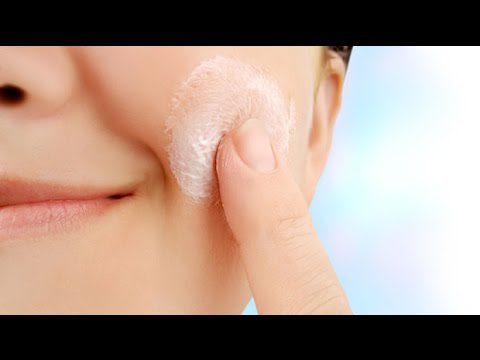Discover Effective Ways to Treat and Prevent Melasma
As someone who has dealt with melasma for years, I know firsthand how frustrating it can be. Melasma, also known as chloasma, is a type of hyperpigmentation that appears as brown or gray patches on the face. It’s most common in women and often occurs during pregnancy or while taking birth control pills. While it’s not harmful, it can be difficult to treat and can be a hit to your confidence.
What Causes Melasma?
While the exact cause of melasma is unknown, it’s believed to be triggered by hormonal fluctuations, such as those experienced during pregnancy or when taking birth control pills. Sun exposure is also a major factor, as UV rays can worsen existing melasma and stimulate the melanocytes that produce skin pigment.
Treating Melasma
Unfortunately, there’s no cure for melasma, but there are several treatment options that can help lighten or reduce the appearance of its pigmentation. It’s important to note that each person’s skin is unique, and what works for one may not work for another. It’s also essential to use sunscreen daily and limit sun exposure to prevent further damage.
Topical Treatments
There are several topical treatments that can help lighten melasma, including:
- Hydroquinone: This is the most common and effective treatment for melasma. It works by blocking the enzyme that produces melanin, reducing the amount of pigment in the skin. It’s available in over-the-counter (2%) and prescription (4%) strengths.
- Azelaic Acid: This is a gentle exfoliant that’s been shown to lighten melasma over time. It also has antibacterial properties and can improve skin texture.
- Kojic Acid: This is another effective skin lightening agent that works by inhibiting the enzyme that produces melanin. It’s often combined with other ingredients, such as hydroquinone or glycolic acid.
Procedures
If topical treatments aren’t effective, there are several procedures that can help reduce the appearance of melasma. These include:
- Laser treatments: This involves using a laser to remove the top layer of skin and reduce the pigmentation of melasma.
- Chemical peels: This is a treatment that involves applying a chemical solution to the skin to remove the top layer and reveal fresher, clearer skin underneath.
- Microneedling: This is a procedure that involves creating tiny punctures in the skin to stimulate collagen production and improve the appearance of pigmentation.
Preventing Melasma
The best way to prevent melasma is to protect your skin from the sun. This means wearing sunscreen with at least SPF 30 every day, even on cloudy days, and reapplying every two hours. It’s also a good idea to wear a wide-brimmed hat and sunglasses to protect your face from direct sunlight. Finally, avoid using skin care products that contain harsh chemicals or fragrances, as these can irritate the skin and worsen melasma.
Dealing with melasma can be frustrating, but there are several treatment options available that can help reduce its appearance. By protecting your skin from the sun and using the right products for your skin type, you can prevent further damage and improve the overall health and appearance of your skin.
Contents
Most searched products:
Does Sephora Support Israel? Answering Your Questions
The Ultimate Guide to Azealic Acid: Benefits, Uses, and Side Effects
How Long Does Glycolic Acid Take to Show Results: Your Ultimate Guide
Discover the Benefits of The Ordinary Botox for Your Skin
The Ultimate Reviews of The Ordinary Peeling Solution
The Ultimate Guide to The Ordinary Colours Foundation: Reviews, Swatches, and Tips
The Perfect Order: When to Use Retinol and Niacinamide in Your Skincare Routine
Unlock the Power of Hyaluronic: Benefits, Uses, and Top Products
Say Goodbye to B.O with Glycolic Acid Deodorant: The Secret to Long-Lasting Freshness
Unlock Smooth and Supple Skin: Discover the Best Skincare Products for Skin Suppleness













